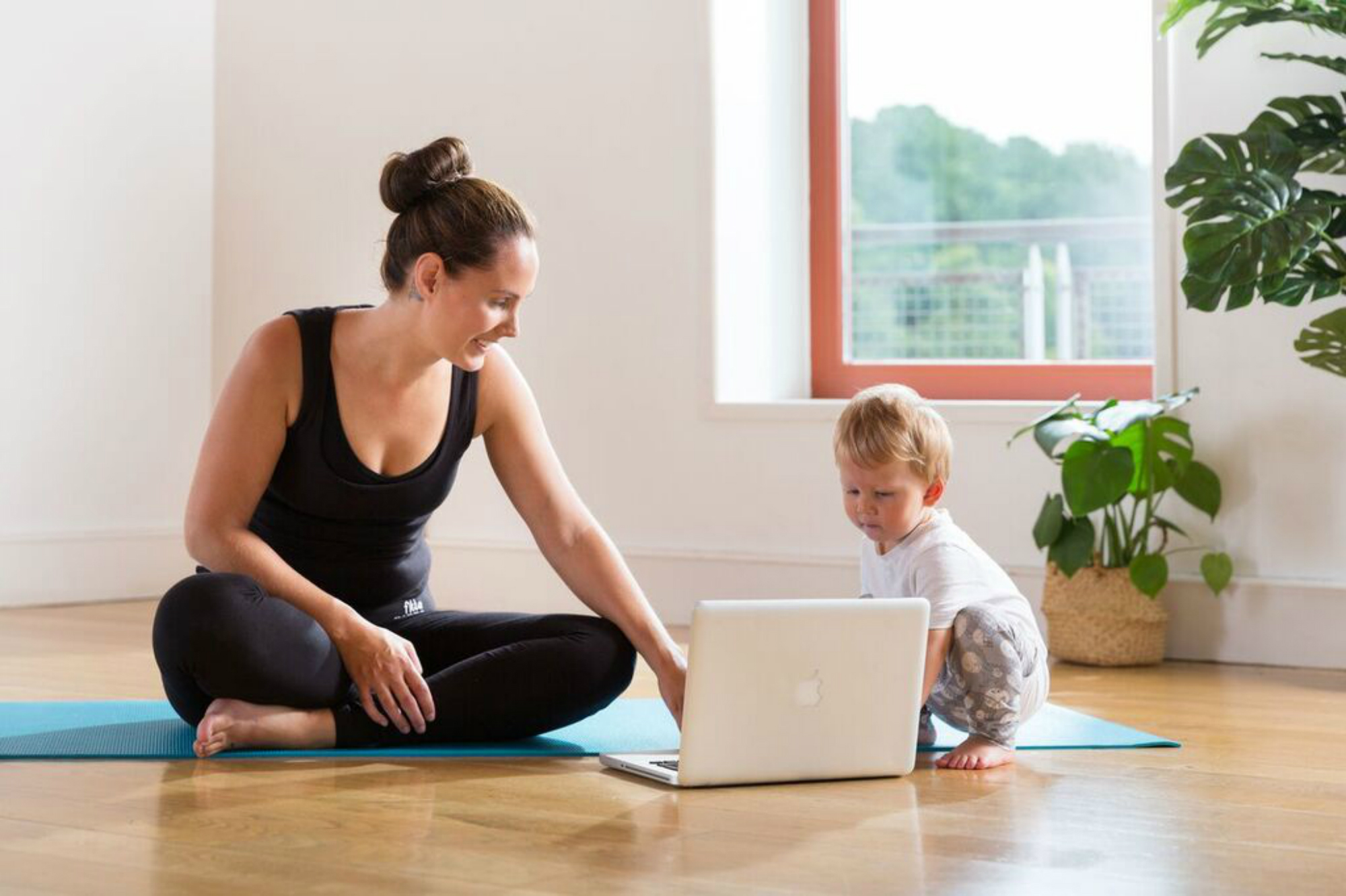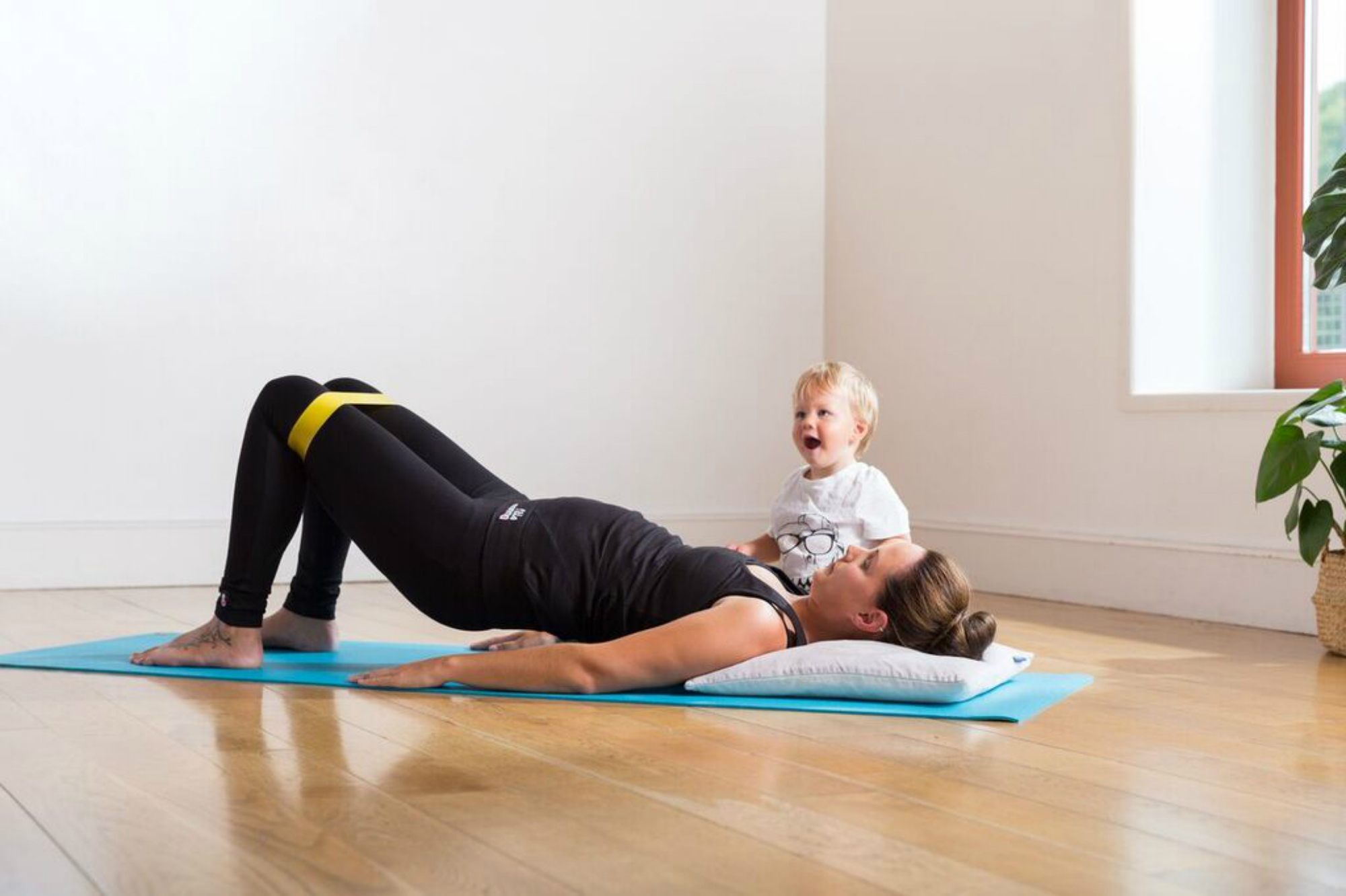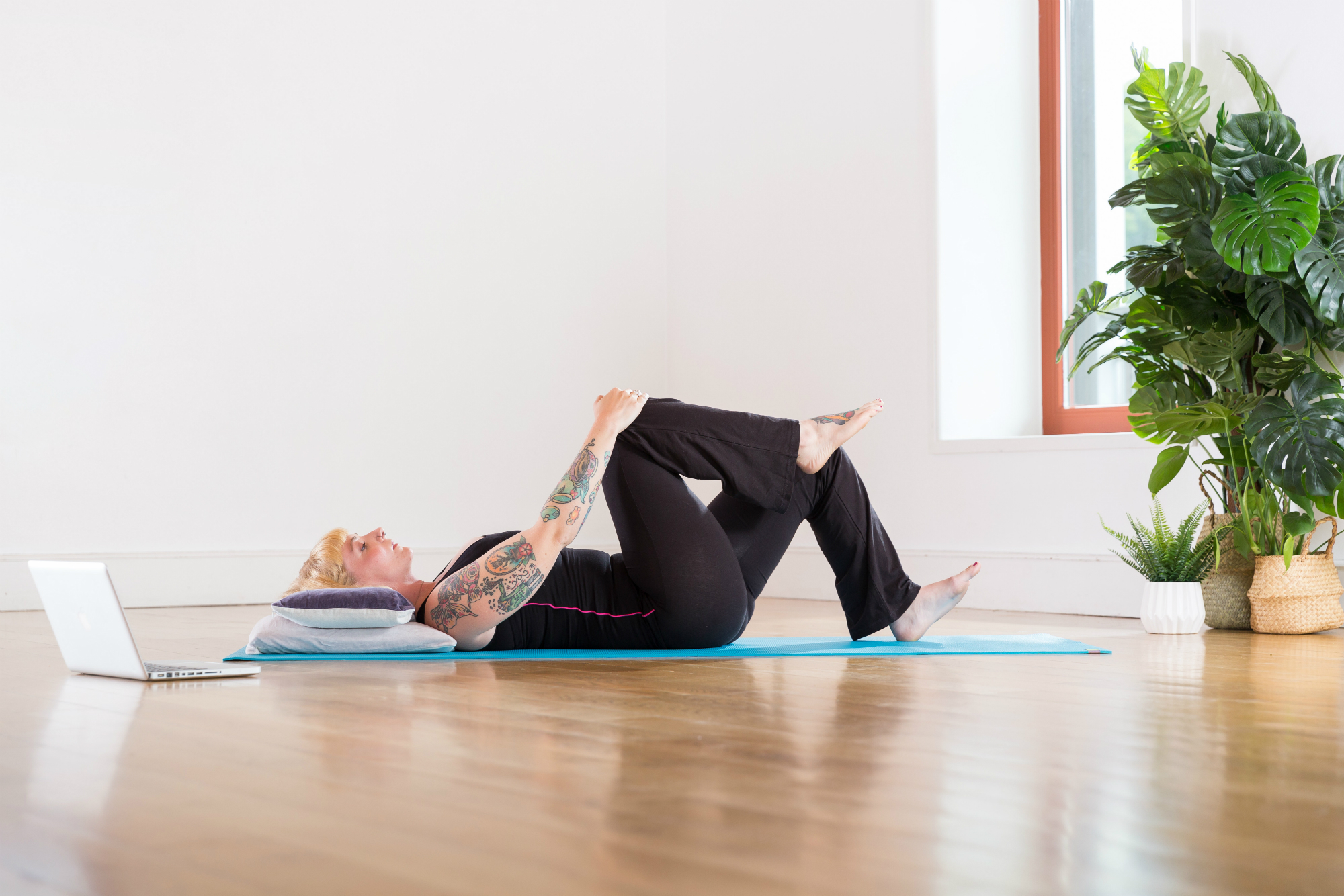The pelvic floor exercises favoured by Kate Middleton
Give some love to your postpartum body with these miracle movements...


Give some love to your postpartum body with these miracle movements...
Up to a third of women experience a problem with their pelvic floor muscles at some point in their lifetime - so finding pelvic floor exercises that work for you is vital.
With physical symptoms including backpain, urinary incontinence, pain during sex and an unsettled stomach, pelvic health problems leave scores of women feeling disconnected and alienated from their bodies – with a recent survey finding that 87% of women said that dealing with pelvic health issues had affected their mental health at some point.
While for new mothers, pelvic health is vulnerable to trauma following pregnancy and childbirth, it also doesn’t discriminate. Whether you’re a brand new mother, a mother to teens or a grandmother – pelvic symptoms aren’t determined by age, fitness, body size or diet. So what can be done about it?
Ever heard of the MUTU System? A medically proven solution, the MUTU System is a 12-week online workout program specifically designed for post-natal women, intended to tighten the ab muscles and strengthen the pelvic floor.

Approved by the NHS App library, the course is proven to improve physical symptoms (including back pain, incontinence, painful sex and toilet discomfort) - with 94% of women claiming to feel better in and about their bodies post-program.
Used by over 70,000 women in over 150 countries, MUTU system has recently partnered up with a regional NHS Trust (Norfolk & Norwich University Hospital) to provide even more patients with digital postnatal support during the pandemic.
Celebrity news, beauty, fashion advice, and fascinating features, delivered straight to your inbox!
And it’s a system that’s also been favoured by our very own Kate Middleton, as it was reported she relied on the pelvic floor routine to strengthen her body post-pregnancy.
The company was created in 2009 by Founder and CEO Wendy Powell, after she experienced a traumatic childbirth that almost cost her her life. It was here that she realised the struggles that hundreds of women face postpartum - so she decided to build a platform to help women reconnect with their bodies:
‘Re-connecting with our bodies is so important and our pelvic health is a huge part of this. When we are young we love our body, keeping it safe from harm, safe from pain. But over time and following childbirth we often lose some of that connection, respect, love and confidence in ourselves. Your postpartum body looks and feels different, it doesn’t respond or feel the same, you may have uncomfortable or embarrassing symptoms, even pain.’
She added: ‘When we found out that the Duchess of Cambridge reportedly used the MUTU System program after giving birth we were delighted, but also reminded that whoever you are, every woman needs to rebuild their core and pelvic floor after birth.’

So how does the MUTU system work? Well, Wendy says the key is learning to find and engage your core muscles.
‘How often have you been instructed in class or by any medical or fitness professional to ‘engage your core’ or ‘do your pelvic floor exercises’ and not been certain what that means? What it should feel like or if you’re getting it right?’
The MUTU System helps users do just that, with 97% of women on the postpartum recovery program revealing they could now find and engage their pelvic floor muscles.
If you’re keen to test the movements out yourself, then stay right here – as Wendy has given us an exclusive insight into the most effective (and wonderfully relaxing) pelvic floor exercises used within MUTU's 12 module course.
Pelvic floor exercises from MUTU's 12 module course
Step 1
Lie on your back with knees bent up and feet on the ground, inhale and let your stomach muscles and pelvic floor relax. Let it all go and enjoy a complete state of relaxation. Your muscles can’t work properly if they’re ‘switched on’ all the time. The relaxation phase is just as important as the engagement so avoid squeezing repeatedly and give space to both phases. You can do these exercises sitting on the floor, kneeling, or lying on your back or side, depending on whatever feels most comfortable.

Step 2
Next, exhale as you lift and gently squeeze your pelvic floor. To find the right muscles, imagine you’re trying not to pass wind by engaging the back passage muscles. Imagine picking up a grape with your vagina, or that your vagina is a straw and you’re sucking a smoothie through it… all slightly weird, but all very effective. Nothing forceful. It’s a gentle squeeze and lift.
Step 3
Then breathe in and fully relax and release those muscles, being careful not to push down or away. Again, this isn’t a forceful movement, just release and fully let go.
Step 4
Repeat 5 times, in time with your own breath, relaxing and releasing on the inhale, drawing upwards and gently squeezing on the exhale. Do these 5 breaths at least couple of times a day, every day.

Step 5
You can now engage and release your pelvic floor properly. So the next step is to apply your new skill to everyday life. Whenever you pick up a heavy load (like a child or car seat, for example), prepare, inhale and release first, then engage and exhale as you lift to protect your pelvic floor and core.
Top Tip:
Keep it gentle and mindful and don’t hold your breath. If your butt is squeezing and your tummy is sucking in forcefully, then your deep core and pelvic floor are effectively passengers in the routine – they won’t be doing the work.
MUTU System offer a 90-day, 100% money-back, satisfaction guarantee on the Programme. The full programme and extras can be found here.
Niamh McCollum is Features Assistant at Marie Claire UK, and specialises in entertainment, female empowerment, mental health, social development and careers. Tackling both news and features, she's covered everything from the rise of feminist audio porn platforms to the latest campaigns protecting human rights.
Niamh has also contributed to our Women Who Win series by interviewing ridiculously inspiring females, including forensic scientist Ruth Morgan, Labour MP Stella Creasy and ITV’s former Home Affairs Editor Jennifer Nadel.
Niamh studied Law in Trinity College Dublin. It was after enrolling in a Law & Literature class on her year abroad in Toronto that her love of writing was reignited. In no particular order, her big likes are Caleb Followill, hoops, red wine, sea swimming, shakshuka and long train journeys.
